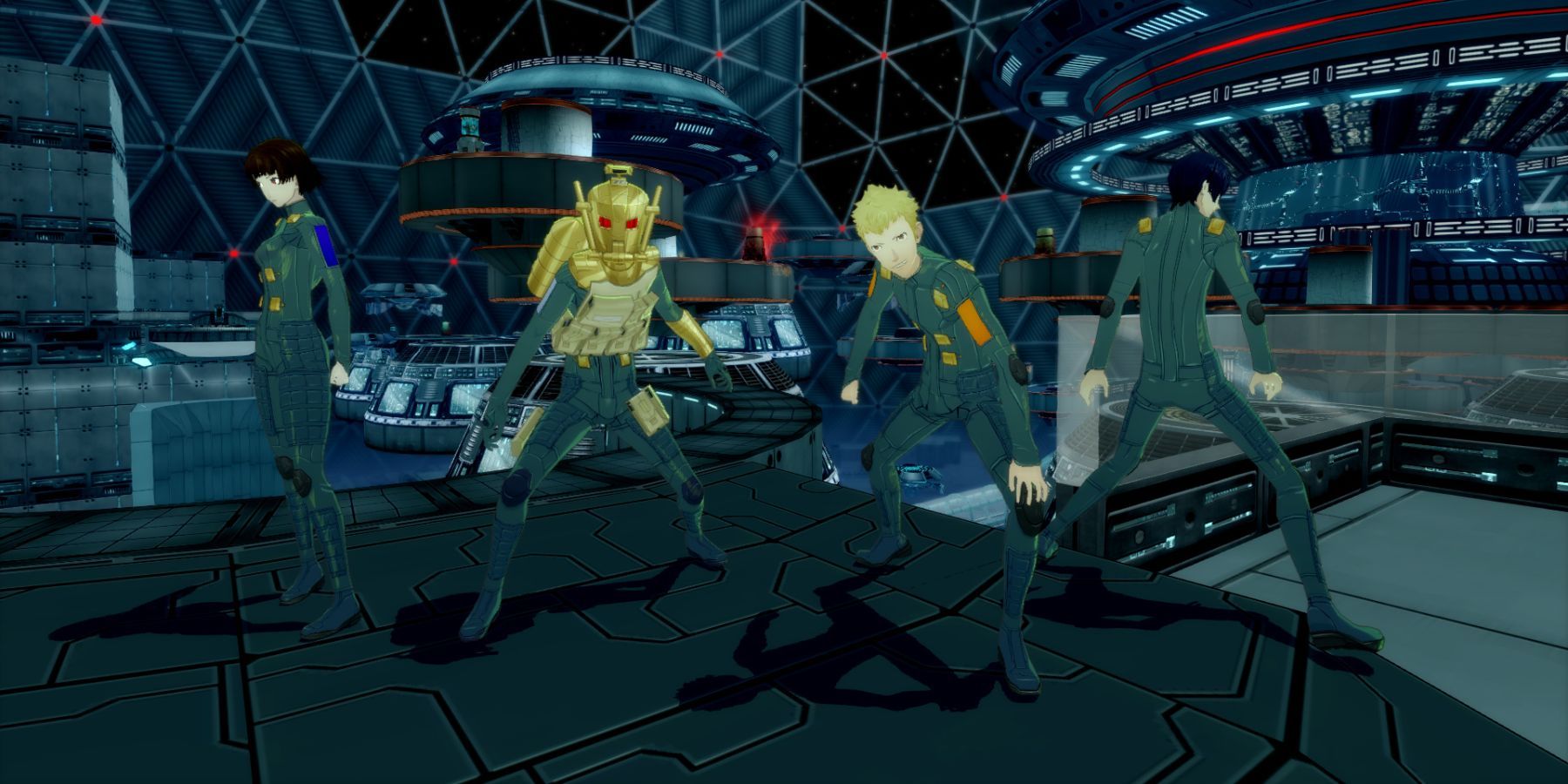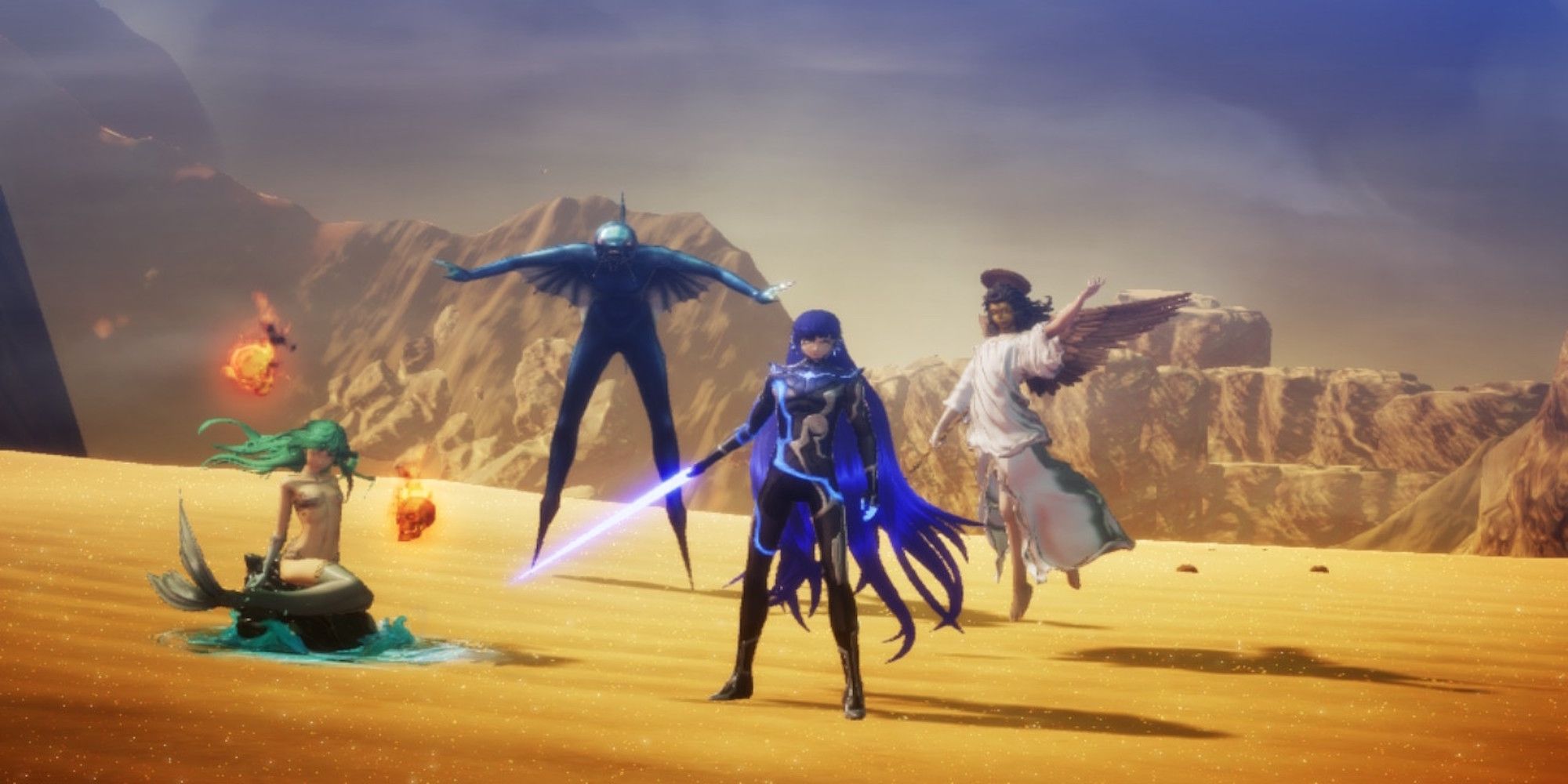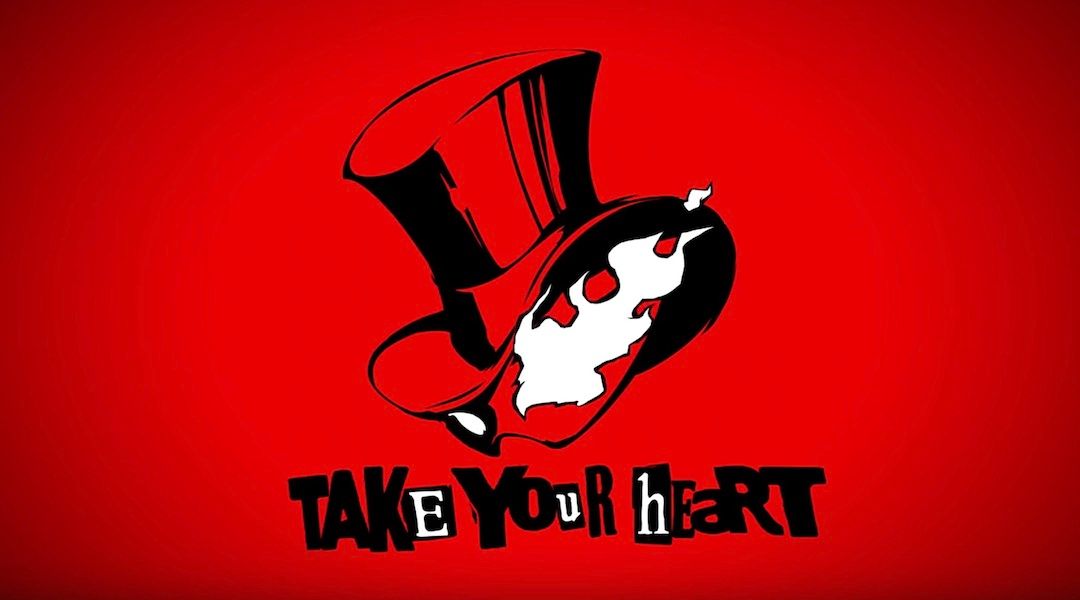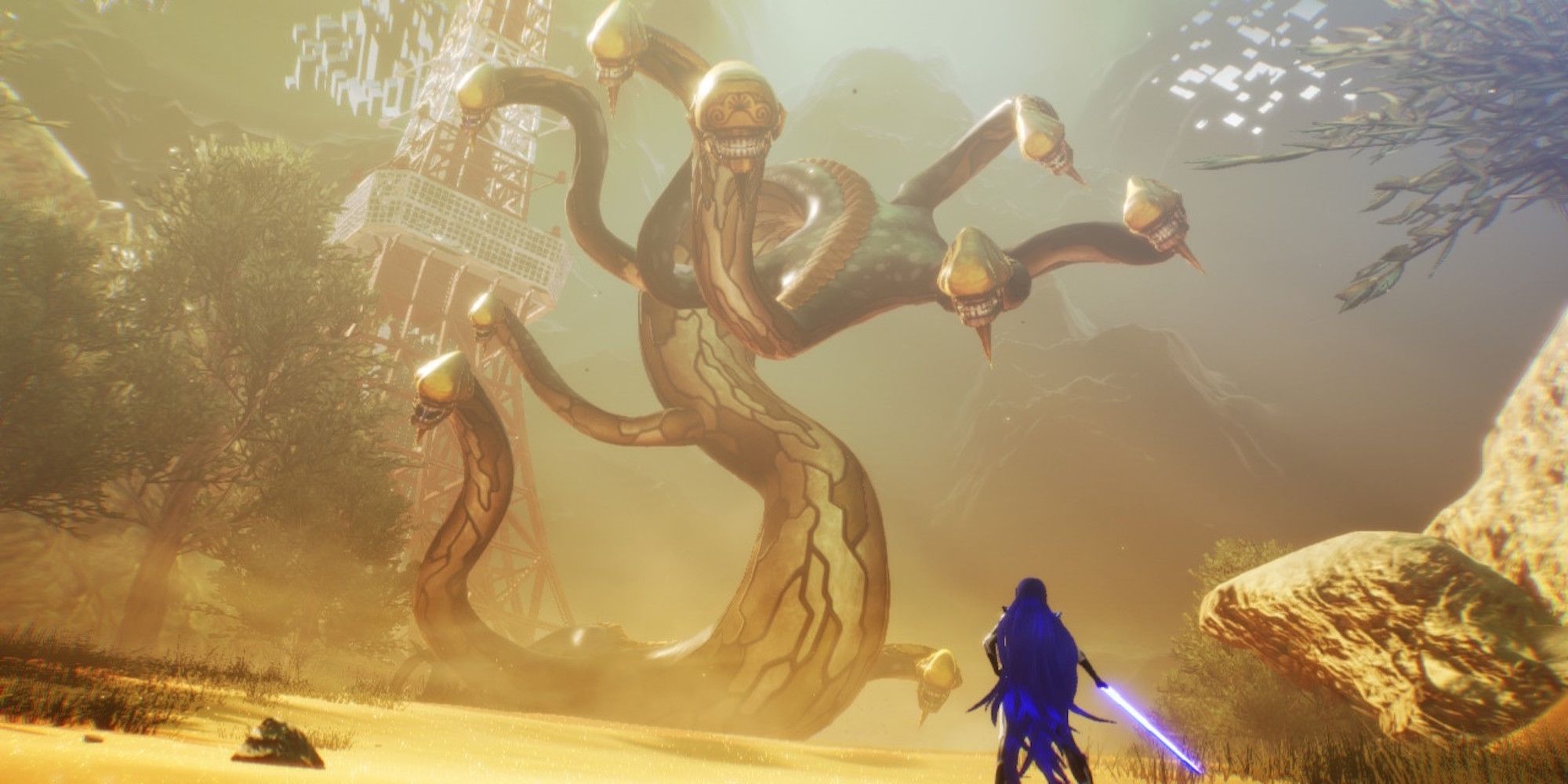The main Shin Megami Tensei series has felt pushed off to the side by its Persona spin-offs for a long time now, so it's good to have a new entry on modern hardware in Shin Megami Tensei 5. SMT5 was impressive enough to be nominated for best RPG at The Game Awards 2021, and if it can make its way onto more powerful hardware, this should be a hit that JRPG fans talk about for years to come.
Now that SMT5 is out, it feels like an end to the current era of the franchise. Persona is currently celebrating its 25th anniversary, which could involve the announcement of Persona 6 within the next year. Persona 5 and Shin Megami Tensei 5 have both done a lot to modernize their respective series, and pushed the envelope on the kind of visual style an anime game can have. These two titles also embody their respective series’ features in a number of ways, and analyzing their different approaches can give insight into the future.
Where Persona and Shin Megami Tensei Show Their Strengths
A lot of what defines Persona and Shin Megami Tensei can be divided into two priorities. These are both role-playing games with similar battle systems and monster collecting/fusing, but Shin Megami Tensei, the originator of this system, focuses mostly on it. SMT5 is not light on story, but it gets to the action quickly and begins introducing the mechanics that the player will use for the rest of the game. The player is expected to frequently switch members of their party and also pay attention to the abilities their lead character knows. Often, the player will find themself carrying a few specialized teams designed for countering specific fights. As the game continues the player will unlock more powerful abilities and demons to fuse, and just about everything in the game is in service of its combat. Shin Megami Tensei is often harder than Persona, and that’s a core part of its identity that's not likely to leave behind.
Persona still allows the protagonist to collect and fuse Persona, but only in service of customizing themselves. The Persona series errs on the side of a more traditional JRPG rather than a monster-collecting game, featuring parties of characters and a general stronger focus on the story. At this point, it's become tradition for Persona games to have long, linear opening sequences that start with a taste of the action, and go on to introduce the core cast and part of the first dungeon over the next several hours. Persona is concerned with its story and characters and makes sure the player is on the same page before cutting them loose.
Persona 5 and Shin Megami Tensei 5 Have Different Goals
While those are the general formulas that Persona and Shin Megami Tensei have exhibited, there are a few more key differences that can be gleaned in their most recent entries. Shin Megami Tensei asks players to fight for an ideal, whether that be Law, Chaos, or something in between. This is worked into quest design, story progression, and even the demons that a player can collect. Different titles have some bias when it comes to which path is the "right" one, but SMT5 does its best not to limit its content if the player picks a particular route. The alignment system has been a core part of SMT since the start, and while further permutations will probably appear, it isn't likely to change.
Persona 5, on the other hand, has players fight against ideas. The difference may seem like splitting hairs, but Persona 4 and 5 reinforce this direction with their core themes. Persona 4 is about reaching out to the truth through adversity, which takes the form of solving a murder mystery. Persona 5, meanwhile, is about changing the hearts and minds of people in power, making the world a better place. Persona 5 Royale examines that a bit further, but Persona 6 is likely to go with a fresh theme. Regardless, each main Persona game is likely to have a more immediately identifiable and distinct core theme than Shin Megami Tensei.
Persona and Shin Megami Tensei Have Radically Different Tones
One final trait that Shin Megami Tensei games will surely have going forward is their tendency toward the supernatural. The aesthetic of Shin Megami Tensei can be best described as post-apocalyptic fantasy-punk. While the games technically take place in modern-day society, the world has usually collapsed in such a way that humans have to navigate a wasteland. Cosmic affairs will be out of whack, possibly manifesting as a power vacuum for the seat above all creation, or a particular pantheon going rogue. Whatever the case may be, Shin Megami Tensei will continue to focus on the magic and monsters of the Megami Tensei franchise, funneling them back into its gameplay and alignment system. It may seem repetitive to some, but it works well and provides a distinct experience.
Persona, on the other hand, will always give equal time to mundane life and mysticism. The protagonist's day-to-day affairs often take up more time than exploring dungeons and managing Personas. Social Links are probably also going to remain a staple, being a fascinating approach to side quests that give plenty of gameplay benefits and side stories. Even if Persona 6 adopts a different locale than its predecessors, the core of going to school or work and then choosing what to do afterward should remain. Much like SMT's formula, the last few Persona games have built up a very strong core gameplay loop that can be adapted to many different scenarios. A mostly human party will join the protagonist's side and fight to defeat the mundane and supernatural injustices in the world. It will be interesting to see how Atlus works with these contrasting sides of its universe going forward.
Shin Megami Tensei 5 is available now on Nintendo Switch.




